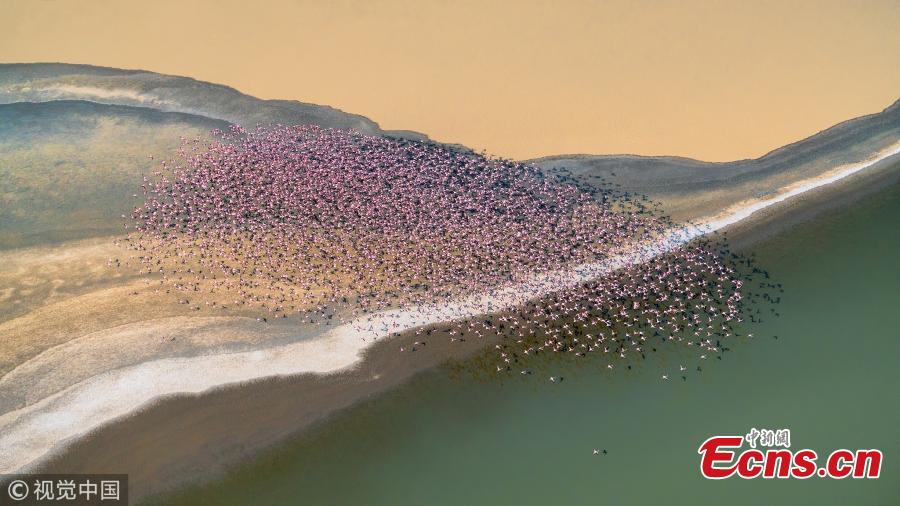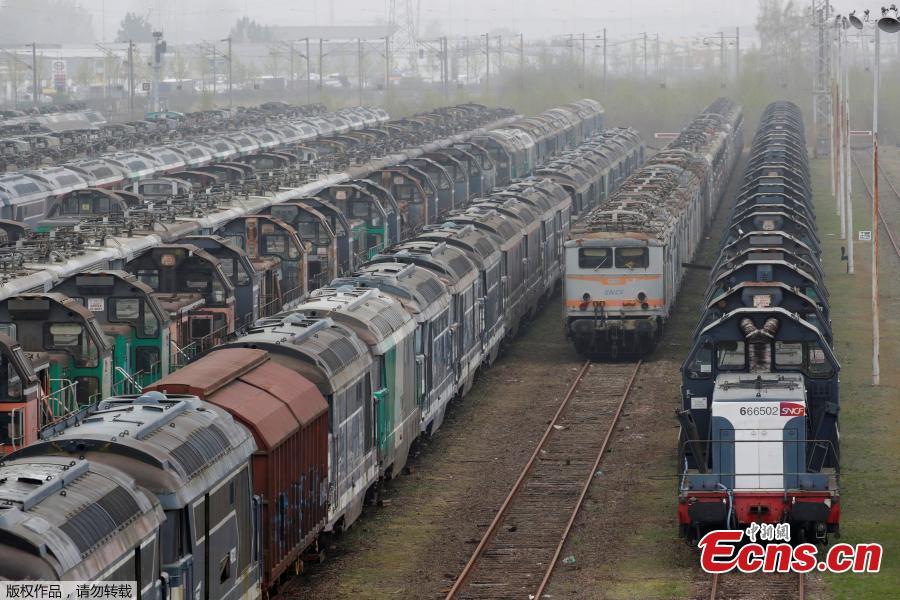By Chen Jia, a journalist with China Daily
After more than 10 years of wild expansion, will China's credit, which has accumulated to 178.73 trillion yuan ($25.3 trillion) by February in terms of total social financing, be tamed by a newly formed regulatory framework for the asset management segment?
About 8 million financial practitioners in the Chinese asset management segment may start thinking about their future jobs, or take the earliest opportunity to change careers, before what they see as the regulatory hurricane's landfall. The sweeping new guidelines forbid many profitable but high-risk businesses.
A friend of mine, who is working with a large securities company and leads its asset management team, said that those working in the sector worry they might lose jobs when the new rules take effect. "The most profitable but risky businesses will be stopped when the regulators set leverage ceilings on asset management products," he told me.
According to the new regulations, the total assets of an open-ended public offering product should not exceed 140 percent of the product's net assets, while the total assets of a closed-end public offering product should not be greater than 200 percent of its net assets.
Other worries come from retail depositors, especially people who bought a large amount of wealth management products from commercial banks. As investors and savers, they are afraid that the "safe" products with predictable returns might no longer be guaranteed by fund managers.
Depositors may shift their money out of banks to invest in bonds, stocks or elsewhere, searching for higher returns if the safe investment cannot be guaranteed any more, some analysts predicted.
So the question is, could this set of tightened regulations become a cage to control financial risks or evolve into an earthquake shaking the very foundation of the Chinese financial system?
In the wake of the 2008 global financial crisis, credit expansion was stimulated in China during 2009-10. Bank lending was reshaped into different asset management instruments such as wealth management and trust products, to support economic development. But, this also boosted regulatory arbitrage or window-dressing among financial institutions.
Now, 10 years after the GFC, the country's top financial regulators are set to rein in the side-effects of the financial stimulus, championing the cause of deleveraging, to prevent large credit defaults that may lead to systemic collapse. The new asset management regulation could be the sign of a "new era" in credit expansion.
Over the past decade, rapid credit growth was mainly driven by the existence of some form of implicit guarantee for financial products.
Some of China's commercial banks, which dominate the domestic financial sector, may seek to create more complex and non-transparent instruments, or informal financing channels, to reclassify their assets and escape regulatory scrutiny. Any such moves may have implications for non-performing loan provisions and loan-to-deposit ratio ceilings.
Many researchers said small and medium-sized enterprises rely on informal financing as their access to formal credit is limited.
Tighter scrutiny, whether activity-based or entity-based, could be expected soon, along with the restructuring of the regulatory system. The top policymakers have shown strong determination toward that end.
Deleveraging, however, is an art, not a financial technique, which requires proper pace as well as the right amount of intensity. Rome was not built in a day. A radical process could spark new risks and push the whole situation out of control, some industry observers fear.


















































